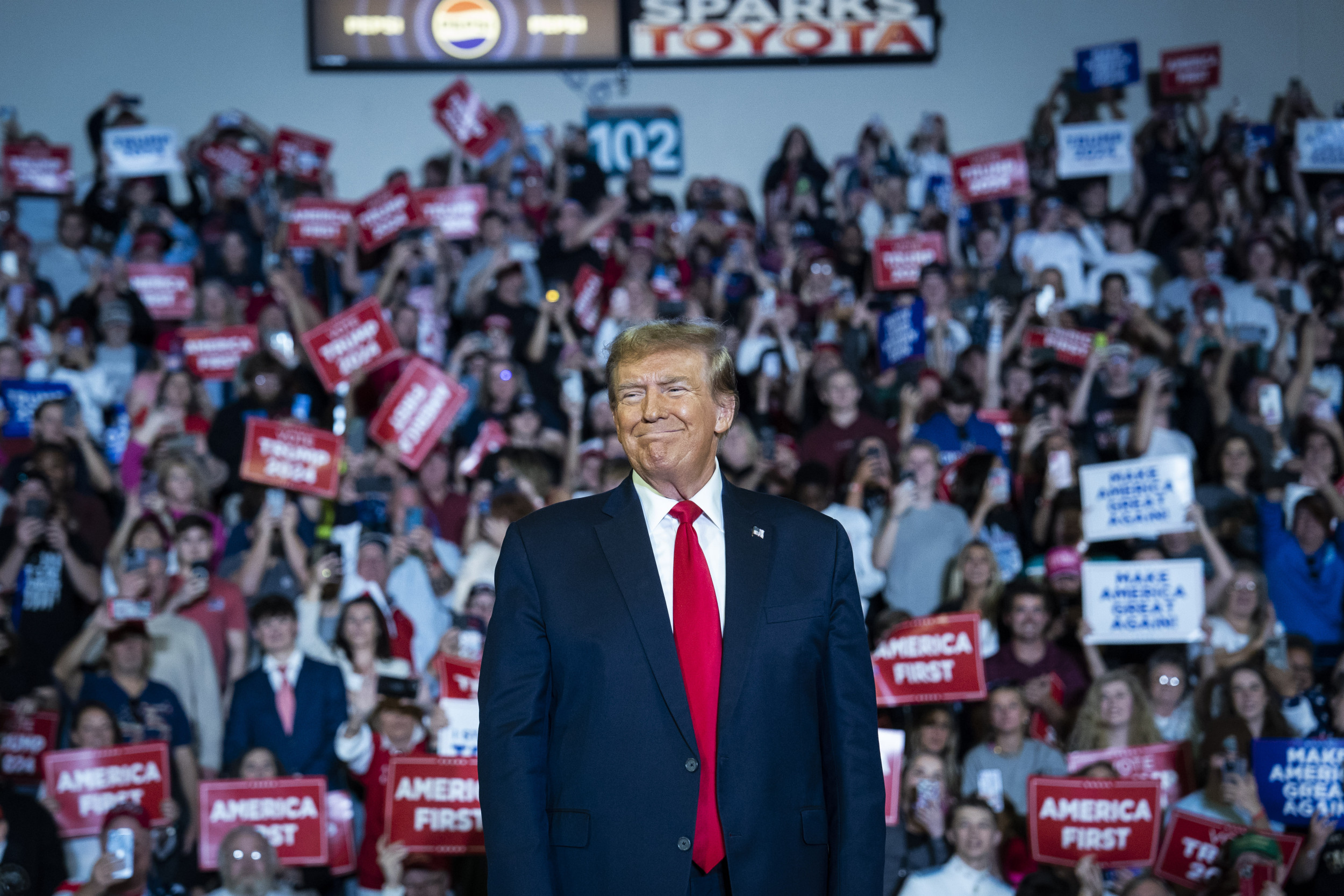
We need to talk about drones. A passenger plane flying over London earlier in April was thought to be hit by a hobbyist drone in what would have been the first incident of its kind.
Although the object later turned out to have been a plastic bag, not a drone, such incidents serve as a warning for the threat this type of readily available hobby drone technology could pose if it falls into the wrong hands.
Terrorists and armed militia groups are already using consumer drones in conflict situations and it is likely only a matter of time before they use them to carry out attacks in Europe or the U.S.
A recent report by peace-building and conflict resolution organization PAX and Armament Research Services (ARES) indicated that drones are getting more traction from armed groups as they are cheap and highly portable systems that can offer a distinct tactical advantage. As such, they are ideally suited for modern asymmetric warfare.
We have already seen a variety of applications on the battlefield, ranging from the filming of propaganda videos by the Islamic State militant group (ISIS), to scouting enemy positions. This rudimentary use has since evolved and armed groups are now using drones to target artillery and mortar fire and the calibration of weapons in battle, both in Iraq and Syria, but also in Gaza and the Ukraine. It is evident that armed groups and terrorists are taking a keen interest in weaponizing these drones in the not-too-distant future.
This threat is not new. Hezbollah has repeatedly attempted to attack Israel using commercially available UAVs with explosives, and there have been reports of similar cases in Iraq and Syria by ISIS and Jabat Al Nusra. For the most part, and for now, their drone technology does not appear to be very effective in this context, as these types of drones are generally slow, easy to shoot down, and can only carry a limited payload. What they could be used for, however, is to carry out terrorist attacks on the public. This is a worrisome development that deserves more scrutiny from governments and the drone industry globally.
Looking at current commercial applications under development for drones, it is easy to imagine some of the scenarios where terrorists might use them. For example, it wouldn't take a genius to adapt UAVs developed for spraying crops to some form of chemical weapon, an idea already explored by the Aum Shinrikyo cult in 1994. Perhaps not lethal on a large scale, but terrifying enough to have a negative psychological effect. Drones can also be connected to one another to form swarms, allowing dozens of drones equipped with explosives or chemicals to work together and target a crowd in a city.
The discussion we need to have now is how to prepare for and prevent this type of attack. The technology is here to stay and cannot be stopped; we therefore need to have a serious conversation about how to deal with technology. What are the opportunities, and where do we need more restraints and controls?
It's remarkable how fast drone technology is spreading, making it a multibillion-dollar industry. In the U.S. alone, over 1 million civilian drones were sold in 2015, and on a global level multiple millions of drones are sold and purchased, ranging from small toy drones to larger commercial models, for use by the agricultural industry, filmmakers and for other industrial applications.
As with any new technology introduced to the open market, we will need to see where regulations are needed to prevent accidents, misbehavior and criminal misuse. When the car was first invented, there were decades of mishaps and accidents. So, society decided that more stringent safety and security regulations and rules were required to prevent more accidents. Traffic rules, speed bumps, traffic lights, the requirement for a drivers' license and other measures were introduced to make the roads safer.
We need to do the same with drones. Firstly, for certain categories of drones, we could introduce background checks and require registrations and licences, similar to gun legislation in the U.S. Following on, there will be a need for counter-drone technology to protect highly sensitive areas such as airports, critical infrastructure points and places where big events take place.
Police and militaries around the globe are already working on methods to stop rogue drones, such as capturing them with nets, shooting them down with anti-drone ray guns or jamming radio frequencies. Police in the Netherlands have even trained an eagle to apprehend consumer drones that may pose a risk to public safety. The latter surely is entertaining to watch, but not really an effective or sustainable counter-drone technology. Especially as drones can be hacked and their control taken over and redirected.
One thing is certain: there needs to be an urgent and frank discussion among industry, the military, law enforcement, and most of all, the public, as to where we go from here. New technologies pose new challenges that affect all these actors. Such a discussion should include considerations on responsible use, required training and raising awareness about the potential dangers of consumer drones. The blurred lines between military and civilian drones and related technologies adds to the urgency of this discussion, both on a national level, but also within the United Nations and in relevant international arms and technology export forums.
Our aforementioned report suggests that ISIS is in the process of developing its own drone fleet. It's not unlikely that they have been training members how to operate the drones and detonate payloads for an attack on foreign soils. The only question is when will they put this into practise?
Wim Zwijnenburg is project leader of humanitarian disarmament for PAX, a Dutch non-governmental organization working on peace-building and conflict resolution. His work focuses on emerging military technologies and the impact of conflict on environment and public health. He is also a member of the International Committee for Robotic Arms Control (ICRAC).
Uncommon Knowledge
Newsweek is committed to challenging conventional wisdom and finding connections in the search for common ground.
Newsweek is committed to challenging conventional wisdom and finding connections in the search for common ground.
About the writer
To read how Newsweek uses AI as a newsroom tool, Click here.








